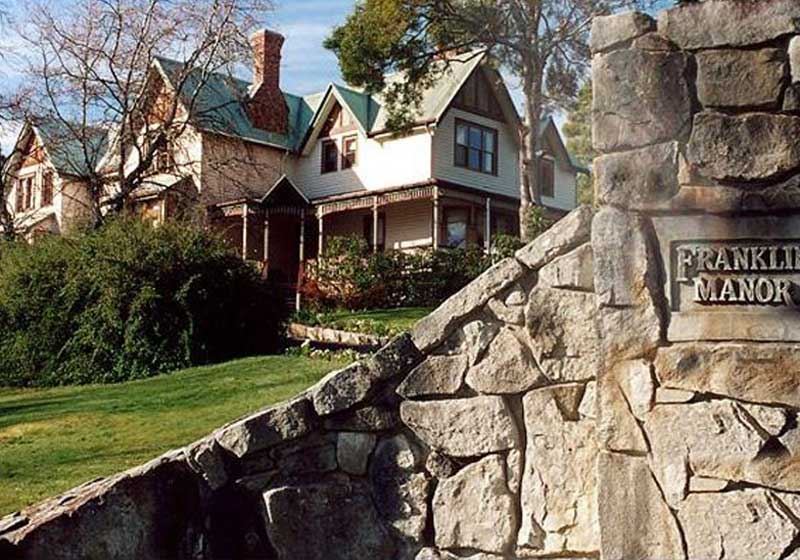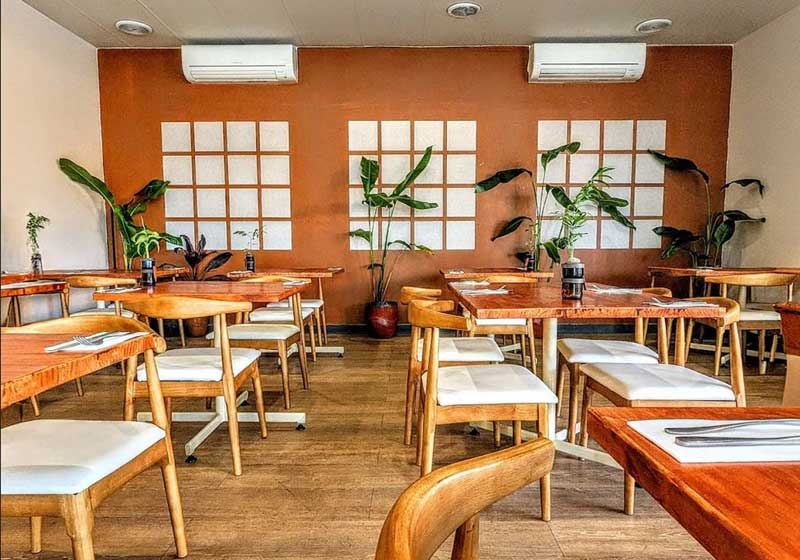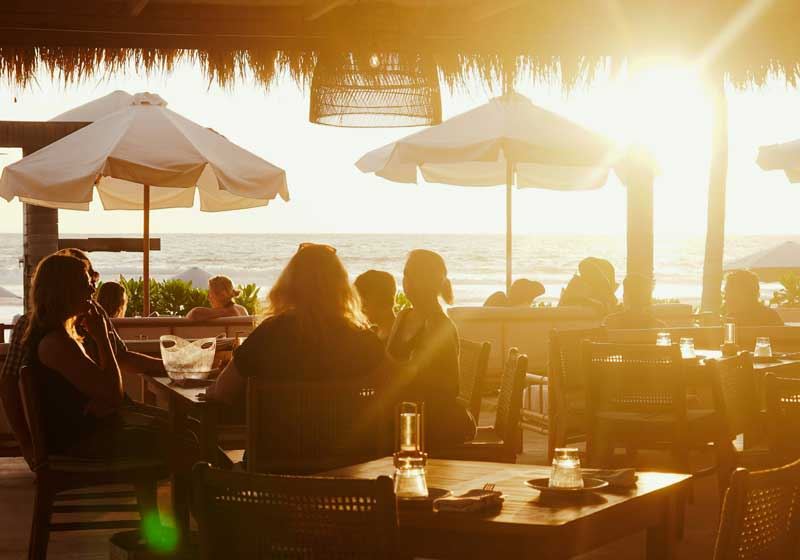By Marie-Antoinette Issa.
In the Middle East, ancient histories, spiritual narratives and food traditions intertwine - holding profound significance for the three Abrahamic faiths: Judaism, Christianity and Islam. It is a region rich with sacred sites that draw millions of pilgrims each year, with cities such as Jerusalem, Bethlehem and Nazareth holding deep religious importance for all three faiths.
For Jews, many milestones in the Torah occurred here, from the covenant of Abraham to the revelation of the Ten Commandments to Moses. While for Muslims, it is the location from where their beloved prophet Mohammad ascended (temporarily) to the upper heavens. Similarly, for Christians, these lands are of profound importance as the site of many movements and miracles of Jesus Christ.
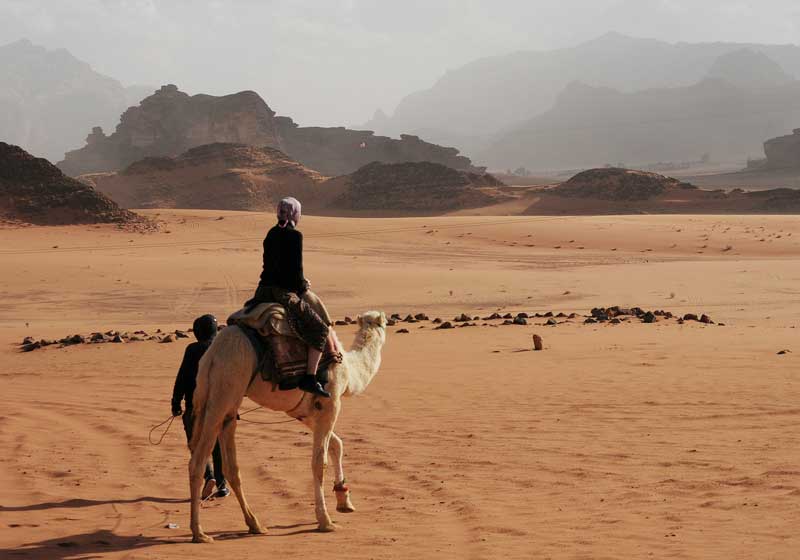
Beyond the Holy Land, Mecca and Medina in Saudi Arabia are central to Islamic belief, with the Prophet Mohammad said to have received revelations from Allah in these holy cities. Meanwhile, in Jordan, the Jordan River is steeped in the story of Jesus’s baptism, marking a sacred site for Christians.
In Lebanon - where the word ‘Lubnan’ itself originates from the ancient Aramaic word meaning ‘the heart of the Lord’ - a divine connection pulses through this land. The spiritual landscape is woven into the Bible’s stories, with references to places like Tyre, Sidon and the ancient cedar trees. Similarly, the Qadisha Valley, a UNESCO World Heritage Site, has long served as a sanctuary for saints and hermits, preserving the region’s Christian history.
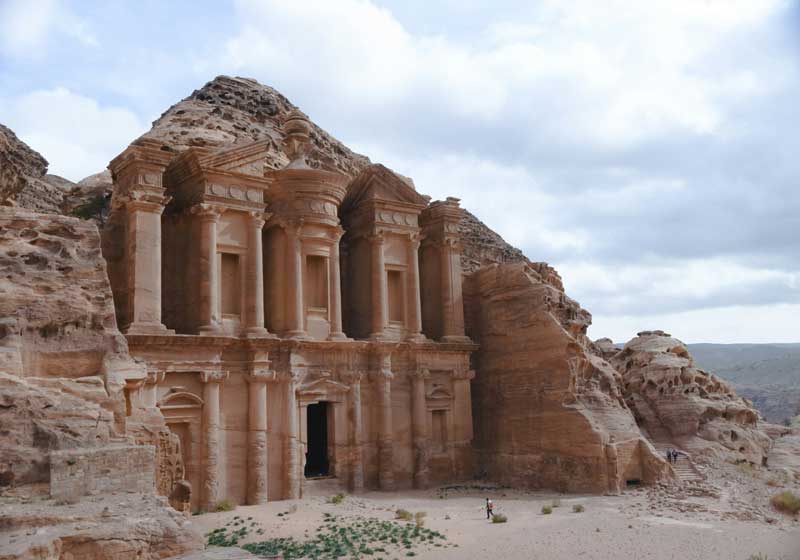
While coexistence has undeniably been challenged in some parts of the Middle East, many Christian, Muslim and Jewish communities continue to share common culinary traditions that transcend borders and beliefs. Gathering to celebrate their differences in unity, creates a tapestry of tastes that reflects the harmony and shared heritage of this sacred region.
Shared Traditions and Adaptations
One of the most beautiful aspects of Middle Eastern cuisine is how dishes cross cultural and religious lines, with staple ingredients universally cherished. Olive oil, for example, holds significance for all three faiths. In Christianity, it’s used in religious rites such as baptism; in Islam, it’s mentioned in the Qur’an as a blessed tree; and in Judaism, olive oil is central to lighting the menorah. While this ingredient may be a common foundation that holds spiritual importance across all religious traditions, its application is as unique as the faithful who use it.
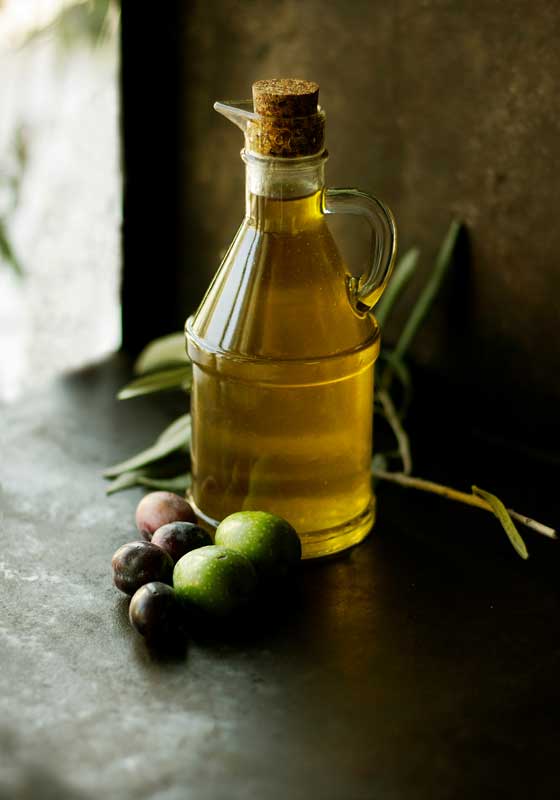
Muslims of the Middle East
For Muslims, food plays a crucial role in religious practices and traditions, particularly in relation to halal dietary laws, which dictate what is permissible to eat. Halal, which means ‘permissible’ in Arabic, refers to food that adheres to Islamic law as defined in the Qur'an. Halal laws dictate not only the type of food that can be consumed but also how animals must be slaughtered.
Pork and alcohol are also strictly prohibited in a halal diet. During major Islamic holidays such as Ramadan, Eid al-Adha and Eid al-Fitr, special dishes are enjoyed, each rich with meaning. During Ramadan, for example, the fast is traditionally broken with iftar, a meal that begins with eating dates - following the example of the Prophet Mohammad - and a lentil soup.
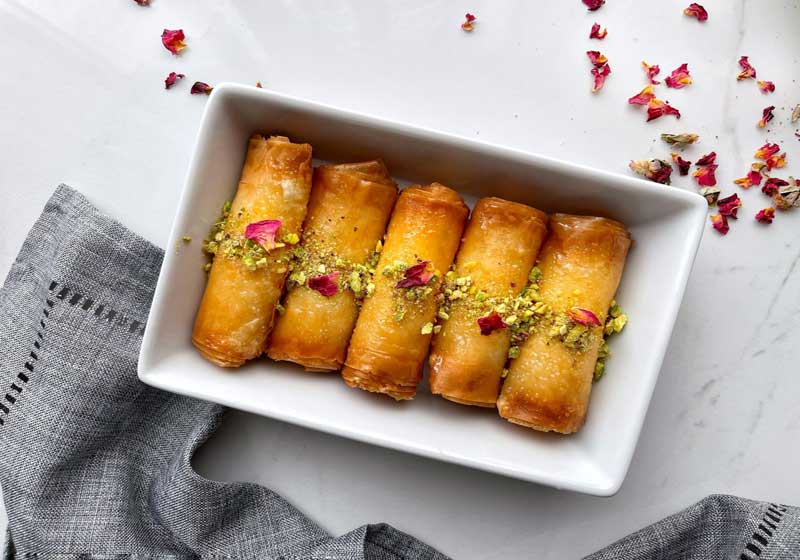
Photo credit: Jennan Zammar.
During Ramadan, it is also common for pastry shops in the Middle East to churn out decadent desserts designed to sustain fasters during the hours of sunrise and sunset. These include Znoud el Sett, a delicious pastry roll, akin to Italian cannoli, and whimsically named ‘The Upper Arms of the Lady’.
Crafted from delicate layers of pastry, wrapped around rich ashta cream before being fried to a perfect golden crisp, they are best served hot to preserve their delightful crunch, with the warm, crispy texture being a clear indicator of freshness when you order. Sweet qatayef - small pancakes filled with nuts or sweet cheese - are another dessert.
Jews of the Middle East
Middle Eastern Jews follow kosher food preparation laws, which are central to their religious observance. Kashrut laws, derived from the Torah, dictate not only which foods are permissible but also how they must be prepared and consumed. The main principles of kashrut law include the prohibition of mixing meat and dairy, the requirement for animals to be slaughtered in a specific way (known as shechita) and the avoidance of certain animals like pork and shellfish.
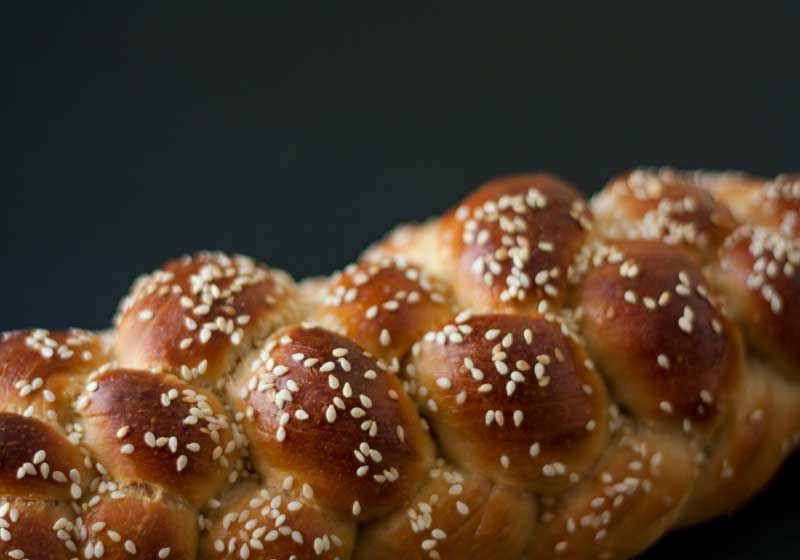
In addition to this, Mizrahi Jews (who have lived in the Middle East and North Africa for centuries) have distinct culinary customs rooted in the flavours of the region, which differ from the more commonly recognised Ashkenazi traditions of European Jews (such as challah, pickled fish and matzo ball soup) and are more closely aligned with the wider Arab world.
Christians of the Middle East
For Christians in the Middle East, fasting and abstinence play a significant role, especially during Lent, when believers refrain from meat and other luxuries. During this time, vegetarian and fish-based dishes become central to the diet.
In Egypt, where the Christian Coptic community follows some of the strictest fasting traditions, ful medames - stewed fava beans with olive oil, garlic and lemon - and koshari, a mix of rice, lentils, pasta and tomato sauce, are commonly eaten during Lent. Bamia, an okra and tomato stew, is another widely enjoyed dish. At Easter, the fast is broken with feasts that often include roasted lamb or fatteh, a dish made of rice, meat and vinegar-soaked bread.
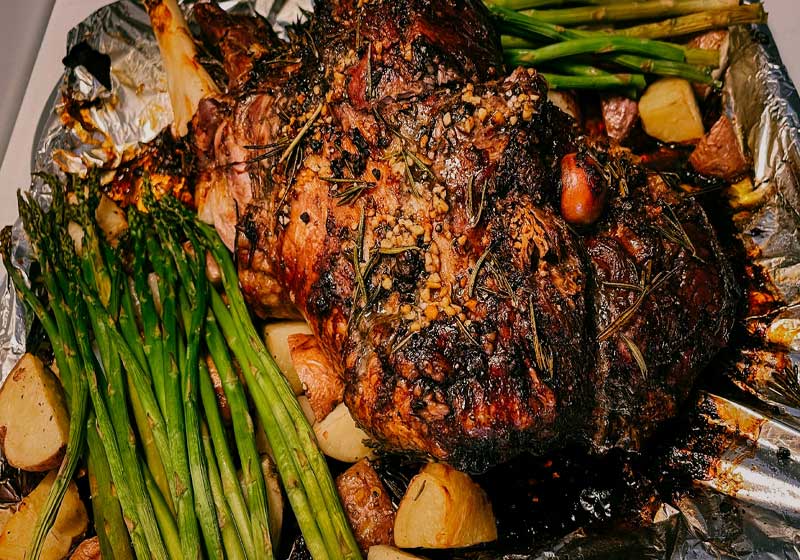
In Syria and Jordan, Christian families prepare maghmour, a vegan eggplant and chickpea stew during times of abstinence. To break the fast after 40 days, they serve roasted lamb with rice or fatayer, savoury pastries filled with spinach or meat, at family gatherings.
In Lebanon, Christians often eat mujaddara, a simple yet flavourful dish made from lentils and rice, during periods of fasting; or a vegetarian version of the popular kibbeh balls (where a pumpkin mixture replaces the traditional ground meat and bulgur mix). Following this, for Easter, families prepare roast lamb, often served with tabbouleh, a parsley and bulgur salad and the aforementioned meat kibbeh - ground mince mixed with bulgur wheat - symbolising the sacrifice of Christ.
Special desserts such as maamoul, a pastry filled with dates or nuts - symbolically said to resemble the tomb of Christ with a sweet find within - are commonly served at both Easter and Christian celebrations.
Fostering Unity through Food
Ultimately, sharing food from different traditions can help break down barriers between Christian, Muslim and Jewish communities. Cooking and enjoying each other’s dishes fosters greater understanding and brings people together in a shared experience. In a region often divided by conflict, food offers a way to connect and celebrate a shared heritage, reminding us that, whether Christian, Muslim or Jewish, we can all gather around the same table - and break both bread and baklava!



